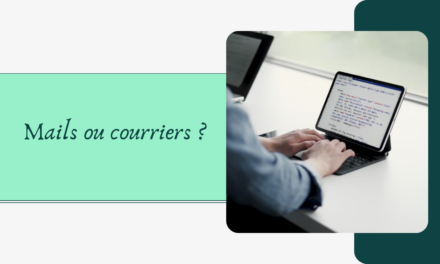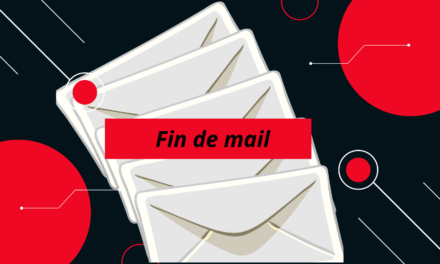Professional Mail and Courier: What's the difference?
Between a professional email and a letter, there are two points of similarity. Writing must be done in a professional style and the rules of spelling and grammar must be observed. But these two writings are not equivalent for all that. There are differences both in terms of structure and polite formulas. If you're an office worker keen to improve the quality of your professional writing, you've come to the right place.
Email for faster distribution and more simplicity
Email has established itself over the years as an essential tool for the functioning of companies. It adapts to most professional situations, regarding the exchange of information or documents.
In addition, email can be viewed in different media. These include the computer, smartphone or tablet.
However, the professional letter, even if it is less frequently used, is considered to be the vector of excellence in official interactions.
Letter and professional email: A difference in form
Compared to e-mail or professional e-mail, the letter is characterized by formalism and codification. As elements of a letter, we can cite the mention of the title of civility, the reminder of what motivates the letter, the conclusion, the polite formula, as well as the references of the addressee and the sender.
On the other hand in an email, the conclusion is non-existent. As for the polite expressions, they are generally short. We often meet expressions of politeness of the type "Sincerely" or "Greetings" with some variations, unlike those found in letters which are traditionally longer.
Moreover, in a professional email, the sentences are concise. The structure is not the same as in a letter or a letter.
The structure of professional emails and letters
Most professional letters are structured around three paragraphs. The first paragraph is a reminder of the past, the second traces the present situation and the third makes a projection into the future. After these three paragraphs follow the concluding formula and the polite formula.
As for professional emails, they are also structured in three parts.
The first paragraph states a problem or need, while the second paragraph addresses an action. As for the third paragraph, it provides additional useful information for the recipient.
It should be noted, however, that the order of the parts may vary. It depends on the communication intention of the sender or sender of the email.
Anyway, whether it is a professional email or a letter, it is advisable not to use smileys. It is also recommended not to abbreviate the polite formulas such as "Sincerely" for "Cdt" or "Greetings" for "Slt". No matter how close you are, you will always benefit from being pro with your correspondents.





